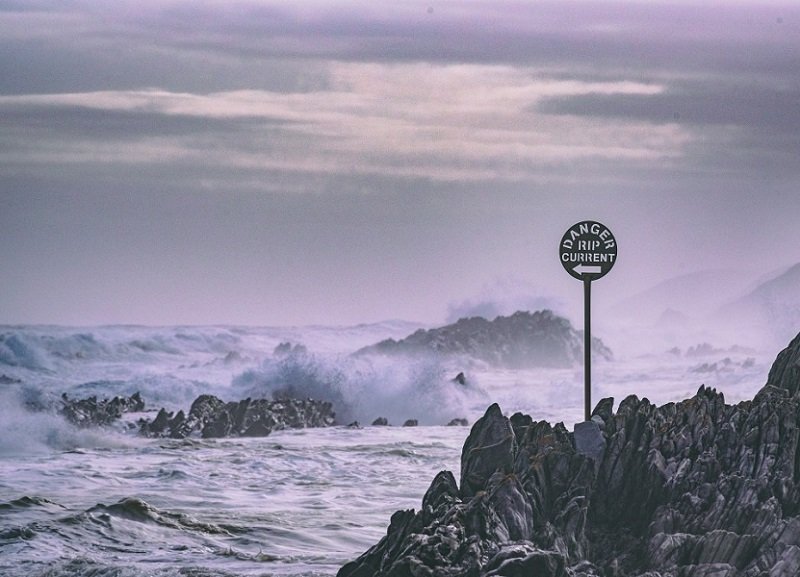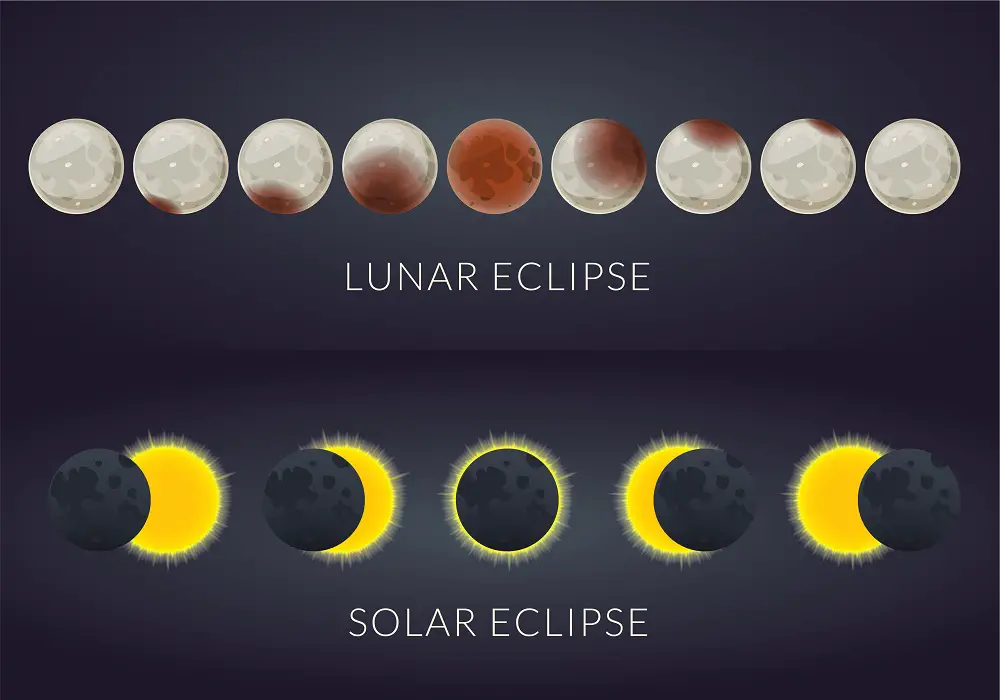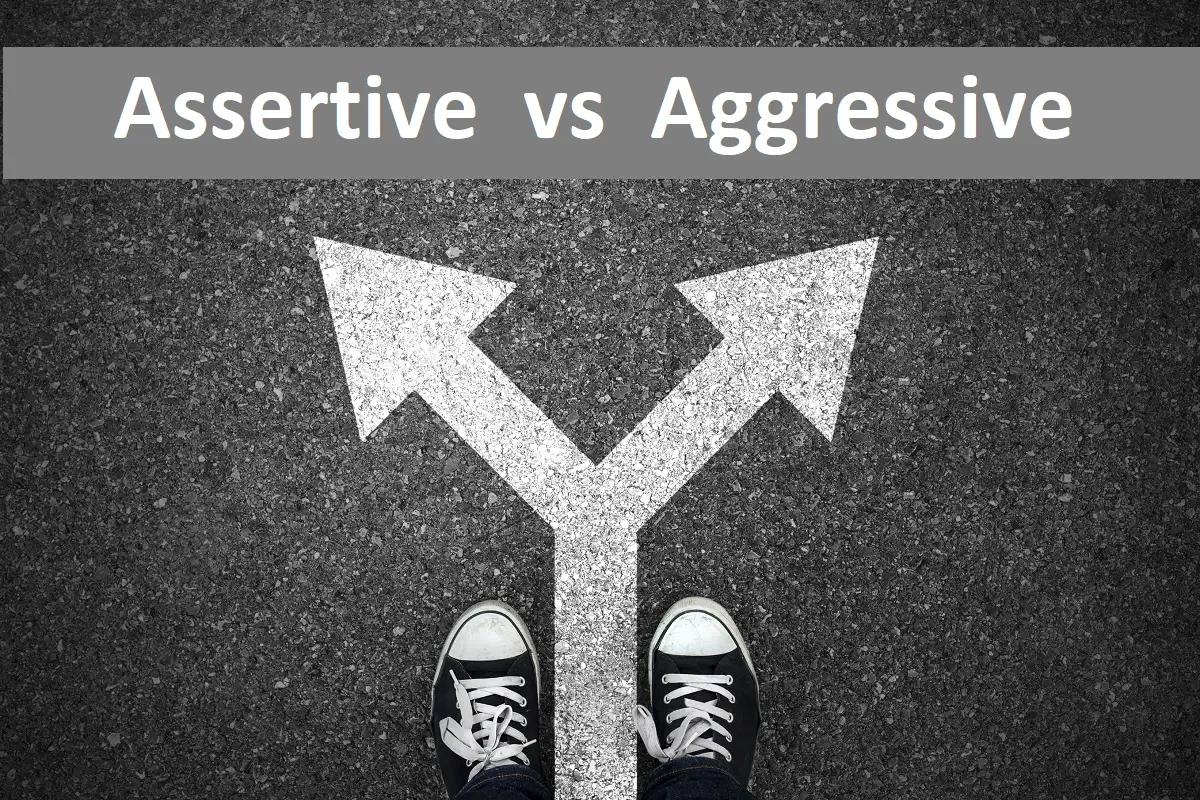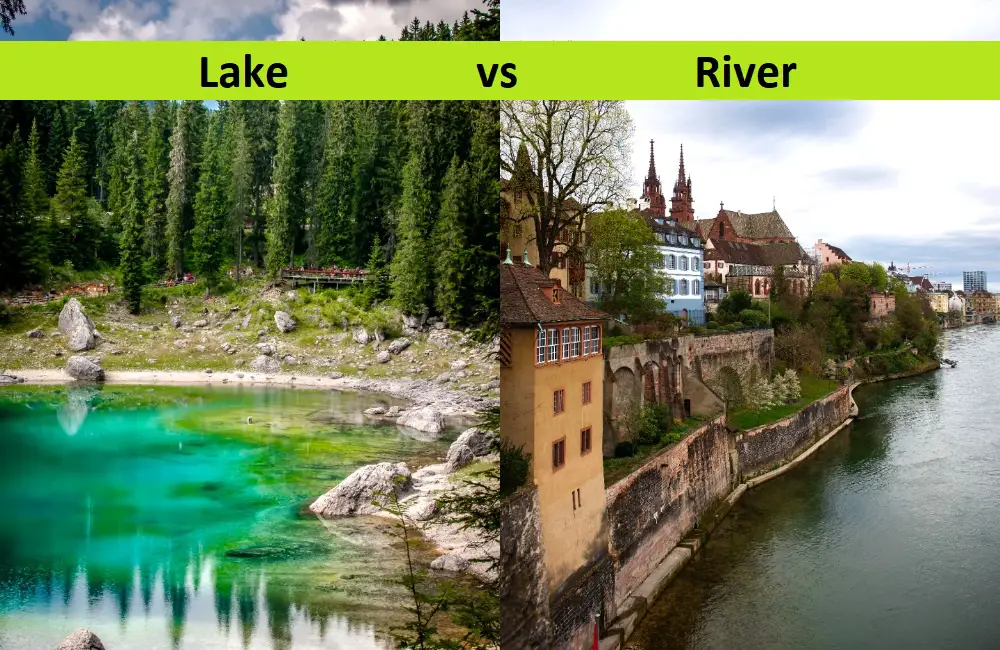Difference Between Rip Tide and Rip Current
Although riptide and currents sound similar, they are different and pose different dangers to surfers or swimmers. So here, we’ll compare rip tide vs. rip current and try to understand their differences better.
Rip Tide vs. Rip Current: At A Glance
The main difference between the two is that riptides are much stronger and dangerous than rip currents.
Riptides extend much further offshore, reaching more than 1000 feet, while rip currents often reach 100 or so feet. While rip currents can be found in knee-high water, rip tides can occur in much deeper waters.
Although rip currents pose more of a danger to people swimming, riptides pose a danger to both people and boats alike. Boats can be capsized due to strong tides, which led to them being alternatively termed tidal jets.
What Is Rip Tide?

After a wave reaches its peak, it starts to fall, and an ebbing tide is formed. In barrier beaches, this flow of water can be restricted.
This causes a strong reversing current to build up and massive backflow to occur. The strength of these currents is strong enough that they carry sand from the sand bars and cause ships to capsize.
They are incredibly fast and powerful, so fishers or boaters must consider rip tides while boating.
If you happen to get stuck in a riptide while swimming, there is very little you can do as the current is very strong. The best you can do is signal for help from any nearby fishing boats.
Riptides have been known to be strong enough to carry people far offshore with them. They can occur in deeper waters.
What Is Rip Current?

When waves hit rocks or rock formations, they can break. This causes the water to be pushed up.
Since the water won’t stay in this state, it will return to sea level via a reverse flow. Sometimes due to the presence of breaks in sand bars, the backwash might not be uniform.
A non-uniform backwash can result in rip currents being formed. This phenomenon is more common in the knee or waist-high water. The main risk is that sudden rip currents can cause swimmers to go under, which can cause them to panic unexpectedly. Boats aren’t as affected by rip currents aside from being rocked or shaken.
High Tide Vs. Low Tide: What Are The Differences?
Main Differences Between Rip Tide and Rip Current

- Riptides are formed when water flow is obstructed, and a reversing current is formed through an inlet. Rip current is created from piled water returning to sea level when it encounters a wave breaker.
- Riptides are much faster than rip currents and can capsize boats. Rip currents are much slower and mostly harmless for boats.
- Inlets experience rip tides. Rip currents are more common but only happen in specific locations where wave breaker formations are present.
- The depth of water in rip tides is much greater (10 feet or more) than that in rip current (2-6 feet).
Recommended for You:
A Comparison Table to Summarize
| Parameter of Comparison | Rip Tide | Rip Current |
| Speed | Riptides are faster, having speeds much higher than rip currents | Rip currents usually have speeds of 1 to 2 feet per second but can reach up to 8 feet per second. Much lower than rip tides |
| Formation | Constriction of water flow causes rips currents to build up. As a result, a strong offshore current is formed | Waves break and cause water to be pushed up. The water is then piled up, and a rip current is formed if the backwash isn’t uniform |
| Distance From Shore | Can go up to 1000 feet away from the shoreline | Can go up to 100 feet away from the shoreline |
| Depth | More than 10 feet deep water | Around 2-6 feet deep water |
| Causes Of Danger | Can capsize boats and drag people far offshore | It can pull you offshore and almost drown you |
Conclusion
As you can see in this comparison of rip tide vs. rip current, the former is much more dangerous than the latter.
If you are a boater or fisherman, you must be extremely careful near inlets. Surfers or swimmers should be careful not to panic during rip currents and not fight against them.





